Assumptions - The Silent Saboteurs Of Problem-Solving
An exercise to bring awareness upon assumptions
We are making assumptions every day in different situations. Some of them affect our work, some affect our personal life.
At work, we sometimes assume that we know what others want to say and do not listen so we do not truly understand what they mean.
Sometimes we assume we know how a product would work and we do not ask questions or try to make a prototype and ask the real users about it.
This article is about increasing awareness of unnecessary assumptions and how these assumptions interfere with the ability to solve problems.
It is an exercise found in the book “Live Online Learning Activities” by Thiagi.
What are the consequences of assumptions?
Assumptions can limit our thinking and prevent us from considering alternative solutions.
Unchallenged assumptions can lead to biased decision-making and flawed problem-solving.
Identifying and questioning assumptions is crucial for effective problem-solving.
By challenging assumptions, we open ourselves up to new perspectives and innovative solutions.
Where to use this exercise about bringing awareness upon assumptions? What is the purpose?
Purpose: the participants become aware of how many unnecessary assumptions they unconsciously make.
This exercise is very versatile so you can find indefinite ways where and when to use it.
Some of the cases where I used it and why:
in a session before going to the phase of solving a problem in order for the participants to really think of the root cause and not make assumptions about it
in a coaching setting, instead of assuming which are the next steps and what the person I coach is committing as the next steps, I use this at the start session, to make sure we are mindful of the next steps
when starting a new project, as a start of a kick-off session, in order to avoid phrases like “I thought you were taking of this…”, and “ I did not know this is my task…” and so on
Steps for the exercise:
How: Display six tiles, each with three letters. Ask participants to rearrange the tiles to spell words. Almost invariably, they will fail because of the unwarranted assumptions they make. Repeat the activity several times, each time with a minor variation, to reveal different assumptions we are tempted to make.
🎲 Invite the participants to rearrange the six tiles to spell three words. Invite them to type their responses in the chat area:
🎲 Display the answer:
🎲 Display the second set of tiles. Once again, invite the participants to rearrange the six tiles to spell three words. Invite them to type their response in the chat area.
🎲 Display the answer. Pause while participants struggle to make three words out of these six tiles:
🎲 Conduct a quick debriefing. Ask the participants to type in the chat area the assumptions most people made to come up with the three words. Read the responses and emphasize that most participants assumed each of the three words should be six letters long. This unnecessary assumption prevented people from coming up with the answer.
🎲 Display the third set of tiles:
🎲 Invite the participants to rearrange the six tiles to spell three words. As before, ask them to type these words in the chat area.
🎲 Display the answer:
🎲 Conduct a debriefing. Ask the participants to type the unnecessary assumptions they made in the chat area. Emphasize that the participants assumed the words should end after a tile and that there should be a space between the words.
🎲 Ask them to specify the learning points. Invite the participants to type the lessons they learned from this puzzle series. Read the responses aloud.
How do I use this exercise and what do I change to create a psychologically safe environment for the participants? What’s the WHY behind this?
Many people have a high sensitivity at STATUS, one of the buttons of the SCARF model, especially when they are in a work context.
Imagine you are asked to do something fast and to prove your IQ while finding a solution fast. You are under pressure. In my case, in this case, my brain perceives this as a threat and my cognitive performance shuts down. Because the answer to the question “Is this safe for me?” is NO for me in this case.
And this can happen to many other people.
So, one thing that you do not wish to have in your sessions is to kill creativity with fear or actually any cognitive performance.
This is the reason why I adapted this exercise in the following way:
I invite the participants to silently solve the puzzle for themselves, without talking with others or sharing the outcome, with no “Yes…” moments “I got the answer!” which would only bring frustration for the ones who did not.
I make a specific online workspace for each participant where they can reveal in silence the answers and go to the next word puzzle in their own rhythm. For in-person sessions, I print them for each participant.
I do not use time pressure for each puzzle but give them 10 minutes in total.
The debriefing happens first in small pairs (or groups of 3) so that they are comfortable to share. Then I invite them to share with the big group but not mandatory for all of them - I ask them to give me a number between 3 and x (x= number of people -1) and then invite them to share as many learnings as that number is
Bottom lines:
Bringing awareness to assumptions, how easily we do them, and which are the consequences is very useful in any work environment. Doing this more as a reflection than a game can bring a reward response that fits better to the different types of personalities that you have in your audience.
Resources:
book “Live Online Learning Activities” by Thiagi.
Mindrachitect - Neuroscience of Communication training By Paul Olteanu
PCM - training with Paul Olteanu, Magda Tabac

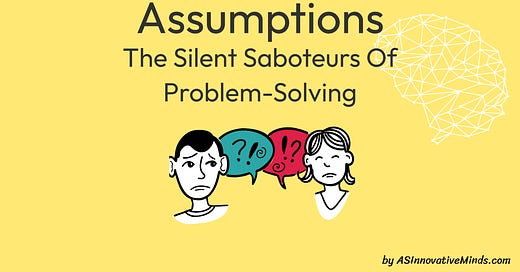



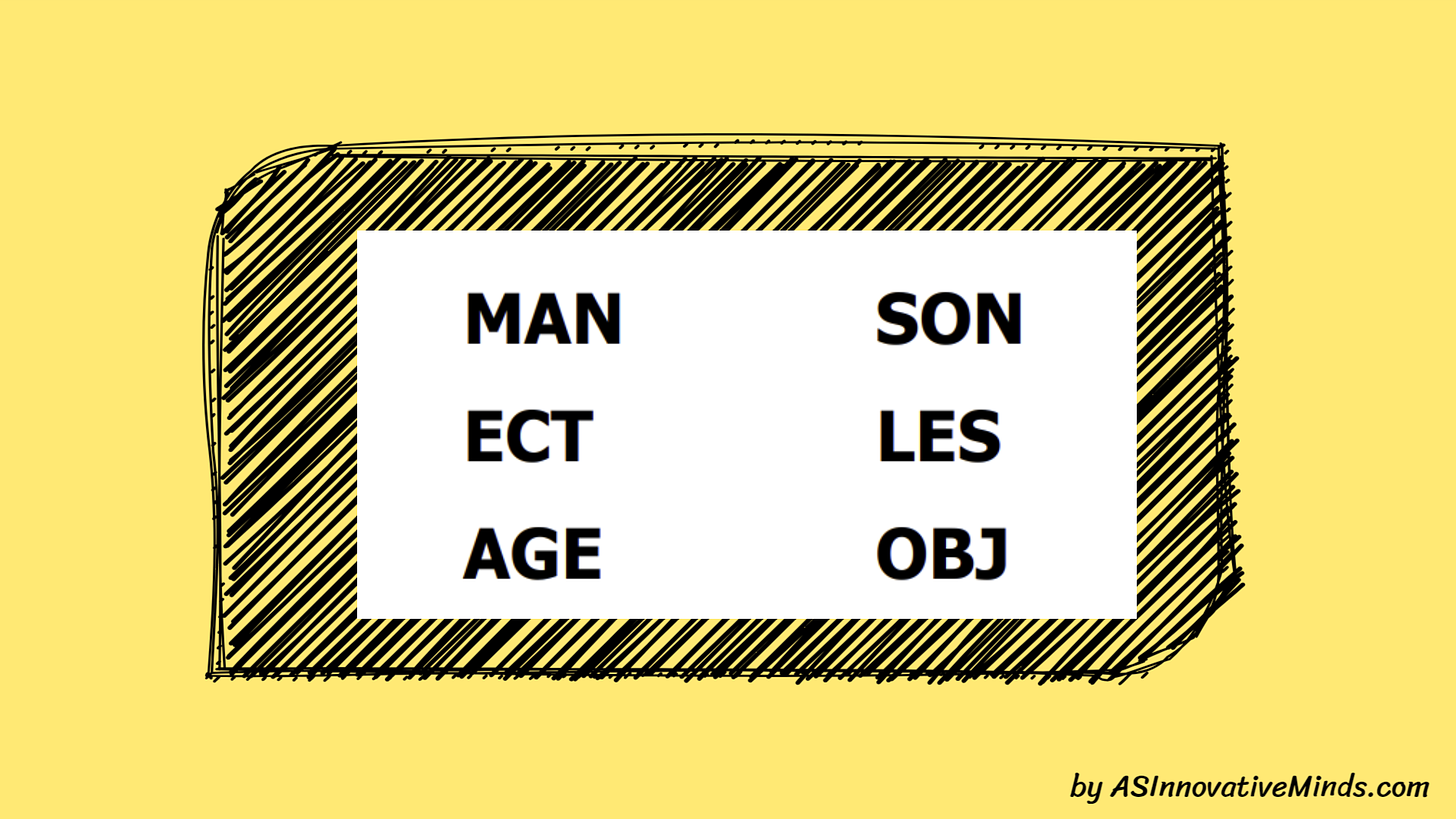
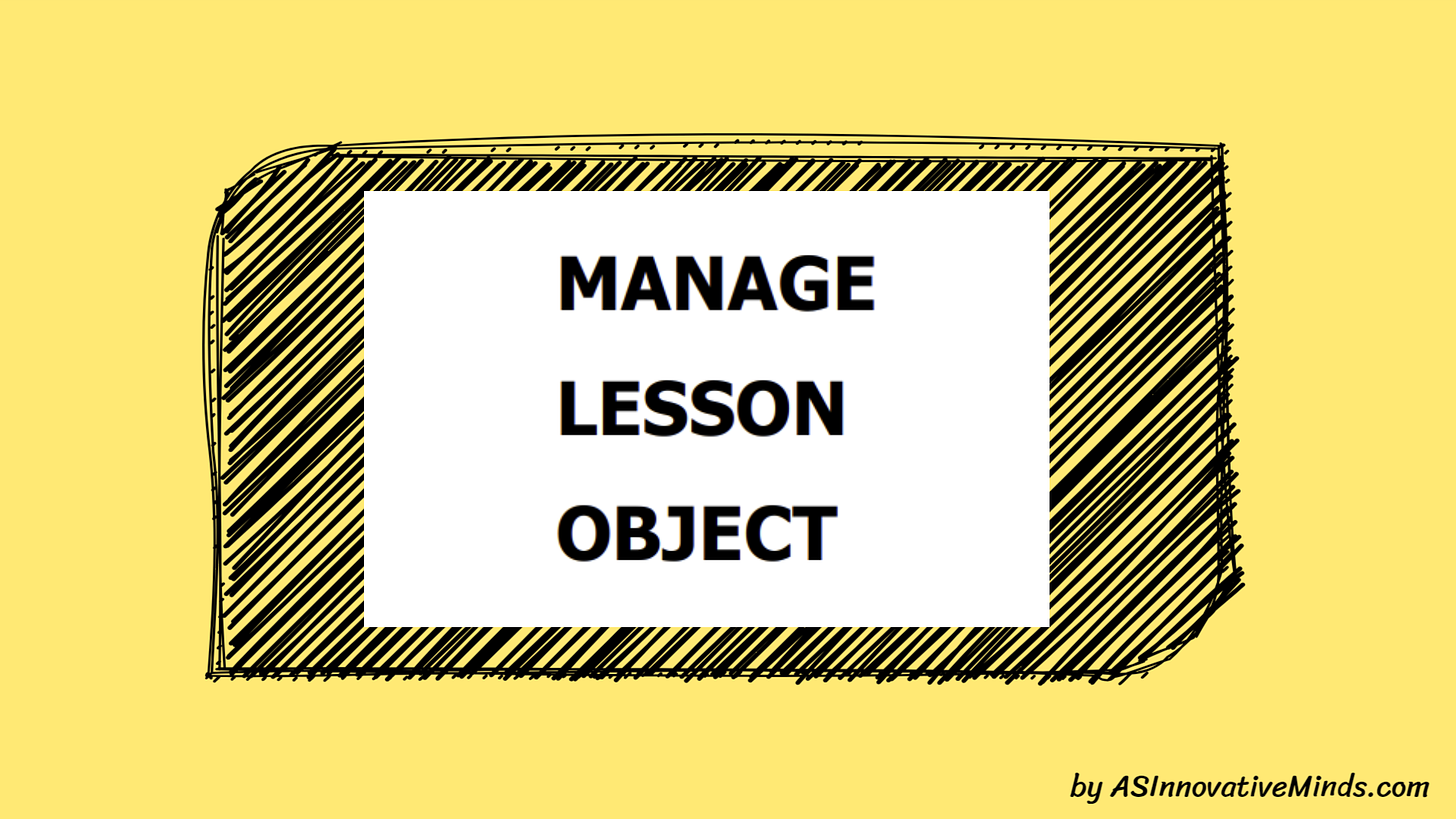
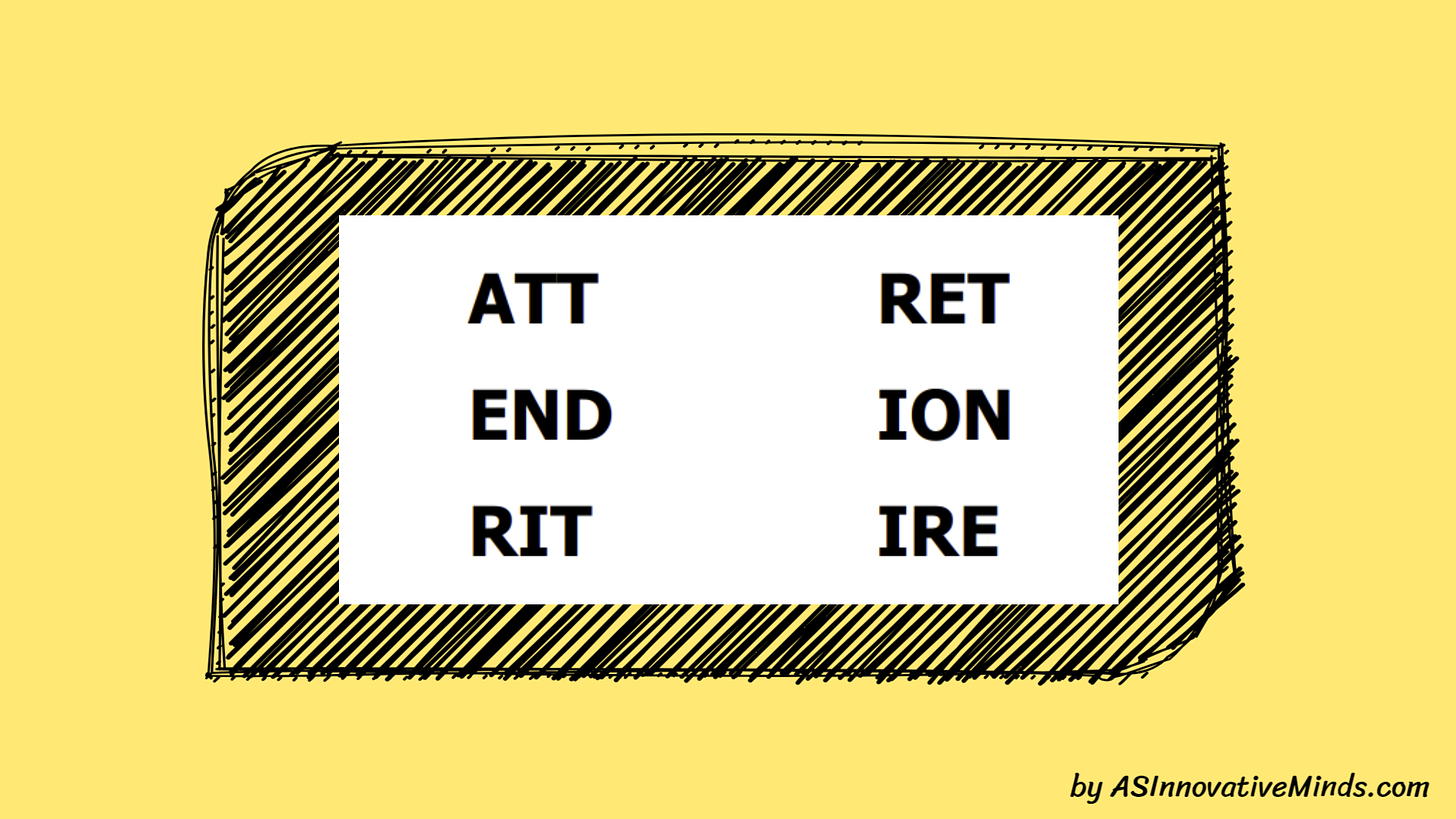


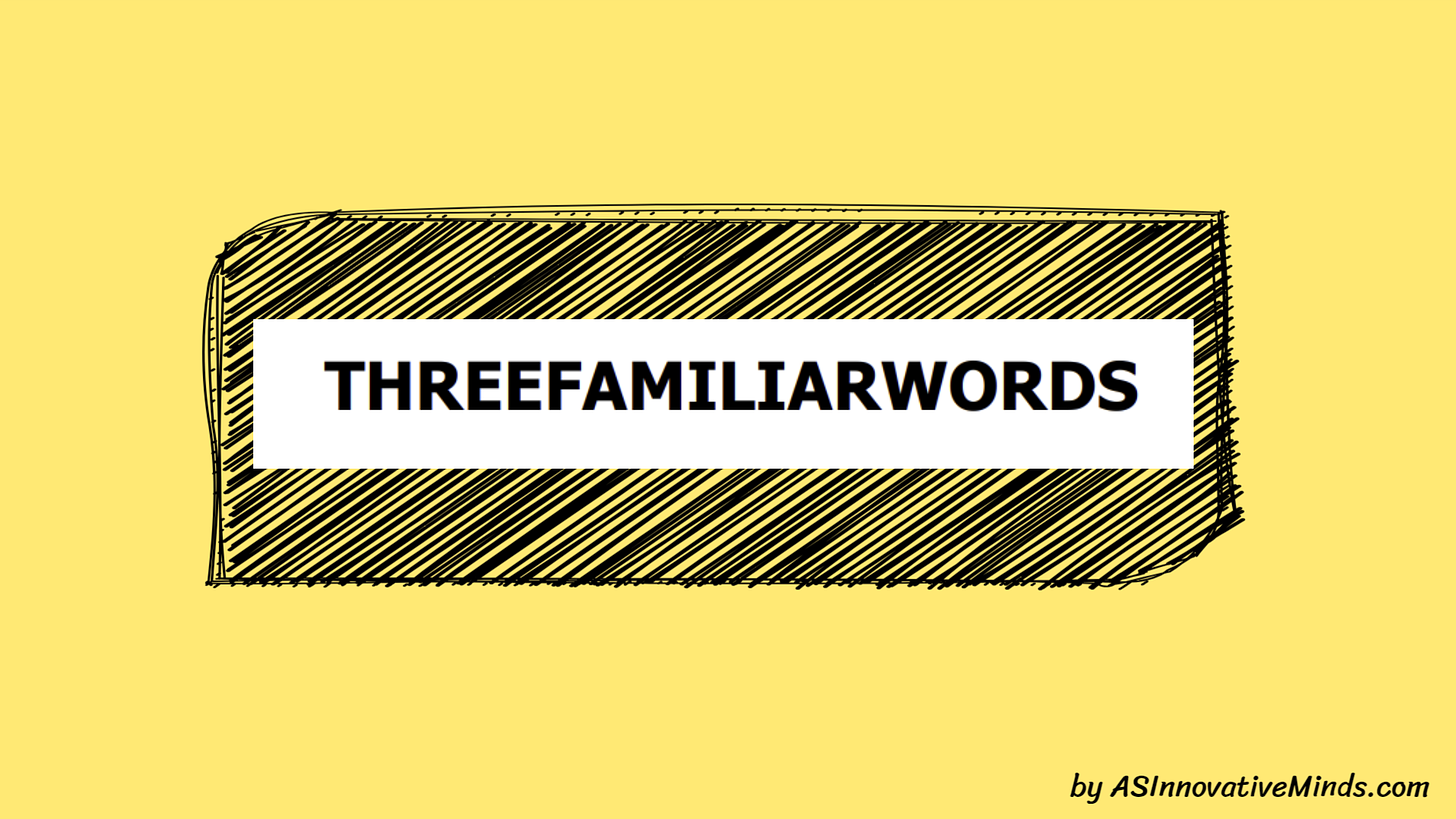
Thanks for this article, love this so much!
For one: it's a really great exercise (ha, love mind games and puzzles) - but even more so: I love that you looked further and discovered the risk of "killing creativity with fear". So true!
We have to be really mindful with the exercises we use in teamwork, the intention, the setup, the group feelings - so thanks for the reminder and this great example!
I like that you create a safe space for learning. Many people remember embarrassing moments from their time in school. They need someone like you.
I had an electronics tutor at university who made me stand in front of the class and showed everyone that I did not understand the topic from the previous week. He asked me several questions to rub it in.
I never wanted to really get into electronics after that.